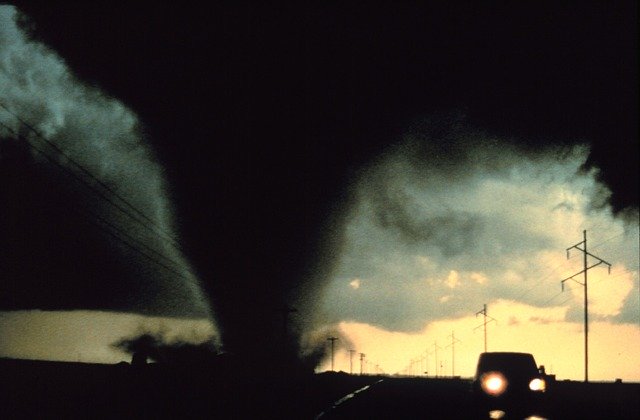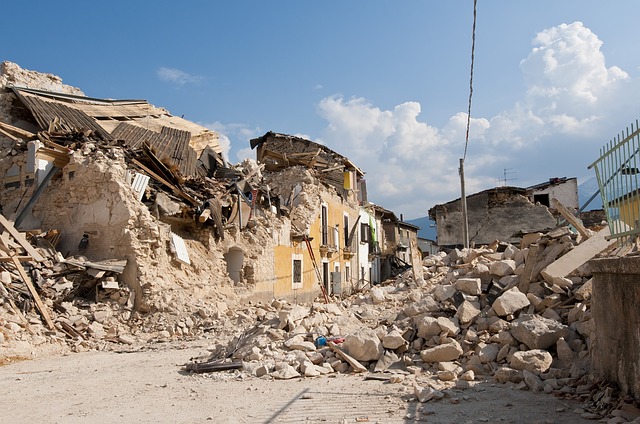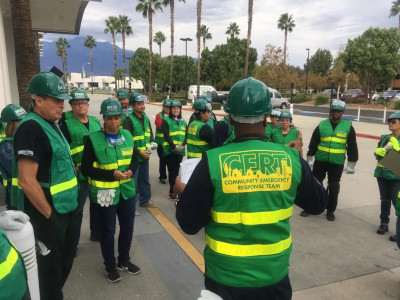Family and Personal Responsibilities
Emergency preparedness and response is primarily a family responsibility and should be directed by the “head of household.” The responsibilities of each “head of household” are as follows:
- Watch over the emergency preparedness needs of the family.
- Develop a written Family Emergency Preparedness Plan.
- Gather, maintain, and update family contacts, resources, and special needs information.
- Train the family in emergency preparedness.
- If personal circumstances allow, assist with disaster recovery operations.
- Coordinate with local and/or ecclesiastical leadership.
Emergency Preparedness Plan
- Prepare a written Family Emergency Preparedness Plan
- Prepare a 72-hour kit and keep it in a place known to all family members (e.g. the room that the family will use as a shelter)
- Prepare a first aid kit and keep it in a place known to all family members.
Communication
- Make a list of important phone numbers, email addresses, etc. This list should include friends, family, emergency services, religious leaders, doctors, etc…
- Identify who will be contacted in the event of an emergency, including an out-of-town family member or friend.
- Prepare the means your family will use to contact others (cell phone, HAM radio, etc.).
Shelter-in-place Response
- Use decision criteria to determine whether to evacuate or shelter-in-place
- Identify a shelter room in your home, possibly in the basement and preferably without windows.
- Gather supplies needed (72-hour kit, first aid kit, communication, etc.).
- Prepare a checklist to assist with family readiness.
Evacuation Response
- Use decision criteria to determine whether to evacuate or shelter-in-place.
- Fire:
- Plan how the family will evacuate from the home in the event of a fire (which path to take, what to avoid, and where to meet outside the home).
- Earthquake:
- Identify where the family will be going (e.g. friend or family member’s home).
- Prepare a checklist to assist with family readiness.
Evacuation Considerations
| Decision to Evacuate | The decision to evacuate is a serious one and should be considered carefully. Families should make their own decision to evacuate based on information and directions from local and state government authorities and agencies or law enforcement. |
| Evacuation Timing, Route and Means | If a decision to evacuate is reached, families should follow law enforcement and other government agency instructions as to the proper timing, route and means. Families should not return home until authorities have said it is safe to do so. Families with special needs or issues should use the normal “chain-of-command” protocols. This includes seeking first the help of any family in the area, and then neighbors or religious leaders. |
| Family Needs and Resources | During an evacuation, families should expect they will need to rely solely on their 72-hour kit and other preparations to meet their immediate needs during travel. Once the situation stabilizes or once safety is reached, government or community resources can be made available. |
| Use of Community or Church Facilities | Families should not plan to use community or church facilities as evacuation sites given the limited resources (food, water, sanitary facilities, etc.) available. Such facilities may be used as a mustering point for relief efforts (collection of supplies and tools, gathering point for work parties, etc.) after the emergency situation passes, and when authorized by civic or church leaders. |
| Resources Available | Families are encouraged to ensure they have a 72-hour kit and as large a food supply as possible. Other resources may include any city or church emergency response plans and activities designed to prepare and assist families during emergencies. Additionally, information and checklists are available from the American Red Cross and FEMA websites. |

Understand What Could Happen
FLOOD—Floods can occur in Sanpete County as a result of heavy storms or failure of water storage facilities. Most injuries and deaths occur from drowning and structure collapse. Major flooding may result in an evacuation order. Citizen response to impending flood warnings should be immediate and according to directions from emergency service personnel.
FIRE—Wildfires are frequent hazards in Sanpete County. Entire towns have been evacuated from time to time, and homes and property have been destroyed. Citizens should be alert to fire danger, comply with fire restrictions, and obey directions from emergency personnel.
Home fires are also a constant threat. Families should check their homes and yards periodically for any fire hazards and clean them up. Have an emergency evacuation plan in place and do an occasional family fire drill so that everyone knows what to do in case of a fire, and how to ensure that everyone is safely out of the home if there is a fire. It is important to designate a specific place outside for everyone to meet; people have lost their lives running into a burning building to save someone who is already outside but on the other side of the house.
EARTHQUAKE—Sanpete County is not in a major earthquake zone, however there are earthquake faults surrounding the county. The actual movement or shaking of the earth can last from several seconds to over a minute. As frightening as this is, it is seldom the direct cause of injury or death. Most casualties result from falling objects and debris, splintering glass and fires. Although construction and other technical steps can be taken to reduce damage in an earthquake, the most important preparations the citizen can take relate to steps taken after the earthquake is over.
HAZARDOUS MATERIAL ACCIDENT—Highway 89 runs through the heart of Sanpete County. Although generally safe, the potential exists for an accident that could result in an emergency incident. Citizen response to this type of emergency may result in an evacuation or shelter-in-place order. The best plan is to move away from the emergency scene and listen for other instructions.
EPIDEMIC OR PANDEMIC—The recent Covid-19 pandemic has been a wake-up call for many. The effects may be widespread, not just from the disease itself, but also from the economic and social effects of quarantines and lockdowns. It is important to be prepared with sanitation supplies, masks, and sufficient food, clothing, medications, and other needs to last for an extended period of home confinement.
TERRORISTS, GANGS, AND OTHER EXTERNAL FORCE ATTACKS—Although it is less likely that these types of events would happen in Sanpete County, having an emergency plan can provide you with vital information regardless of where you are.
HIGH WINDS—Manti City has experienced a tornado and Sanpete County has recorded high winds over 100 miles per hour. Damage and casualties are usually the result of flying debris and glass, falling trees, and electrocution due to downed power lines. Generally citizens are safe in their homes or vehicles, but high winds can result in interruption of vital services such as electricity, gas, or water.
OTHER EMERGENCIES—For various reasons we may experience situations where public utilities such as gas, water, and power may be interrupted. Depending on the time of year, these interruptions may or may not be considered an emergency situation. Citizen response to these events should include alternative sources for these utilities and protection from weather conditions, which could make the situation more dangerous. An interruption in trucking could affect deliveries of food to local markets. In this case, having a supply of food and water on hand could prevent a family from going hungry until the service is restored.
“OK, I’m ready for anything!”



